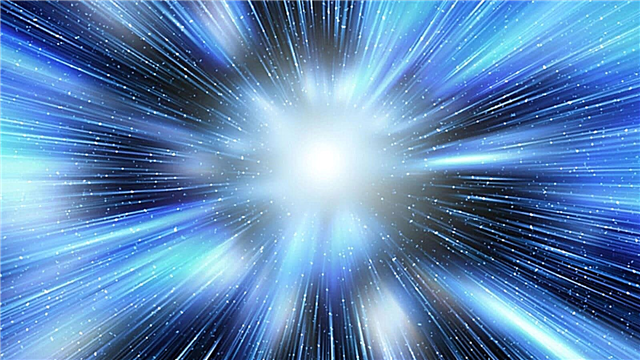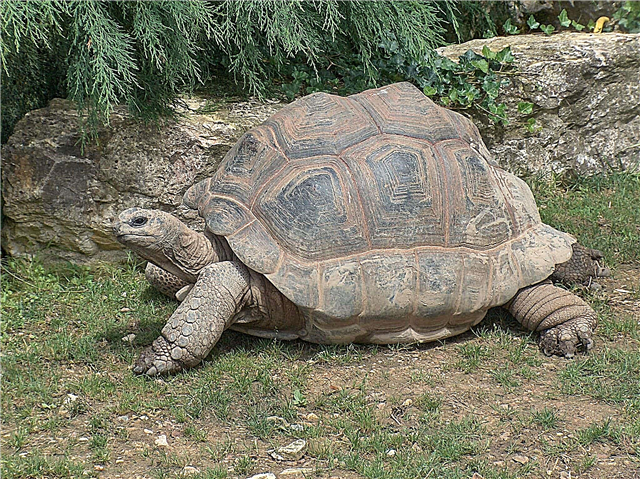
The domestic spacecraft Meteor-M 2-2 collided with a small meteorite. The failure was quickly restored, and the satellite is currently in power saving mode.
The event itself occurred on December 18. Roscosmos employees said that as a result of the collision, a change in the orbit of the spacecraft occurred. For a short time, he quickly and strongly rotated. For a while he lost his orientation. The Russian department has confirmed the contingency and is taking all measures for the speedy resumption of the functioning of the important apparatus.
According to the American Internet site space-track.org, after the incident, the specified device slightly decreased its height. So, its minimum height decreased by 2 and a half kilometers, and the maximum - by about 100 meters.
Due to the collision, the satellite stopped its work and automatically switched to a mode of reduced consumption of electric energy. It does not operate on-board systems that are not involved in providing critical systems. Therefore, all the on-board equipment in energy-saving mode does not work, and the satellite cannot process and transmit data.
Employees of Roscosmos noted that the experts quickly resumed communication with the device and have already begun to restore the functionality of the damaged satellite.They extinguished angular velocities, tried to translate the apparatus into a normal working orientation. During the work, they received important target and telemetry data necessary for the speedy restoration of operating parameters.
This satellite was launched in July 2014. It belongs to a series of devices for providing hydrometeorological observations. Such satellites as Meteor-M 2 and Meteor-M 2-1 were also launched.
These spacecraft analyze a large amount of information necessary for making accurate weather forecasts, as well as studying the radiation situation and the level of ozone in near-Earth space. Satellites constantly monitor the level of ocean water, the amount of polar ice. The data obtained are extremely important for making long-term weather forecasts and studying the effects of global climate change.
The Meteor satellite from the first series was launched back in 2009. After 5 years, he was decommissioned because he had exhausted his warranty period. Moreover, during this time he constantly demonstrated poor-quality work.
At present, the satellite and all its equipment are being restored. Its stable work is important for the study of near-Earth space and the provision of accurate meteorological forecasts. Meteor-2 is in a controlled and oriented flight, it constantly receives the necessary data.












